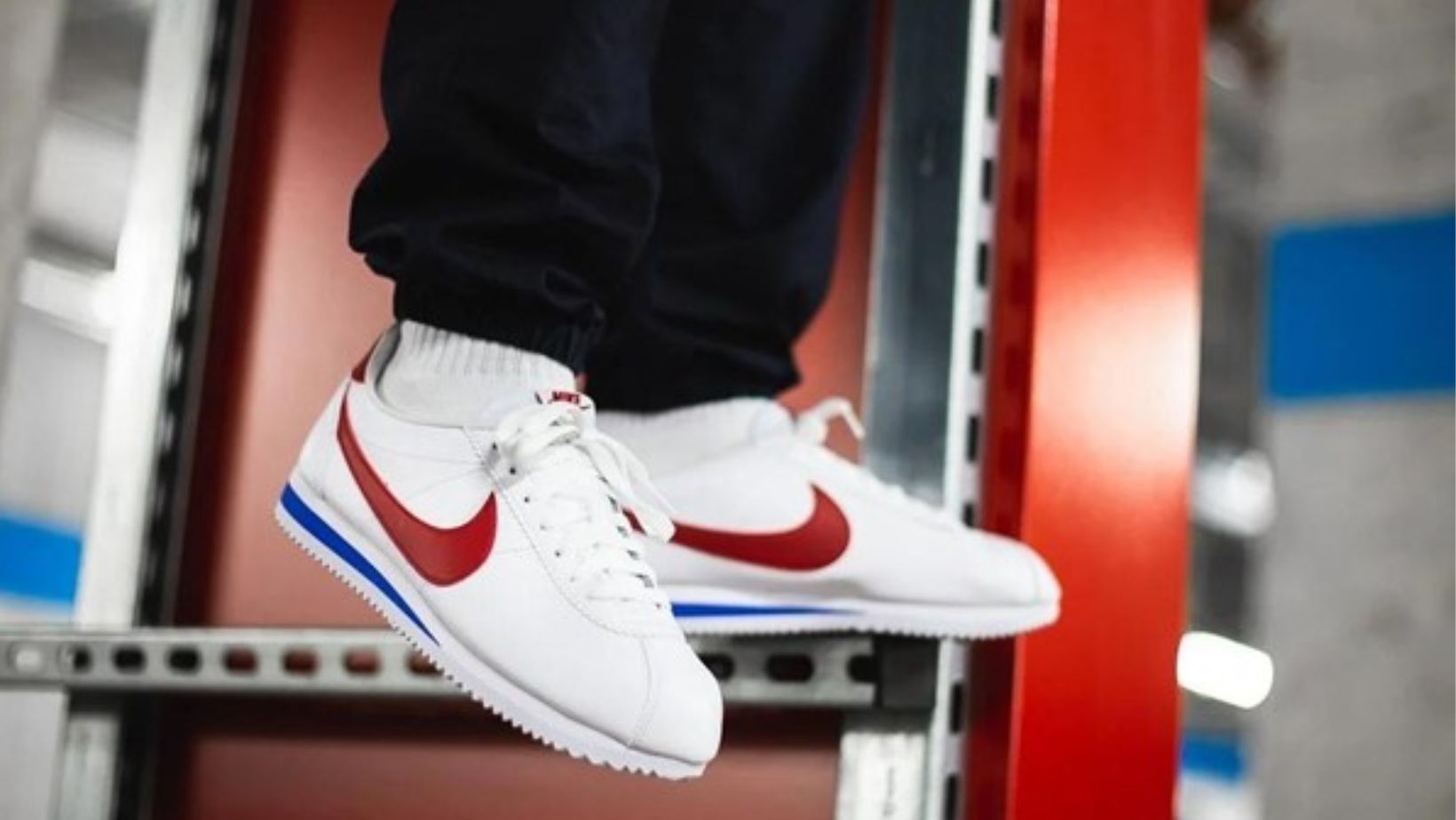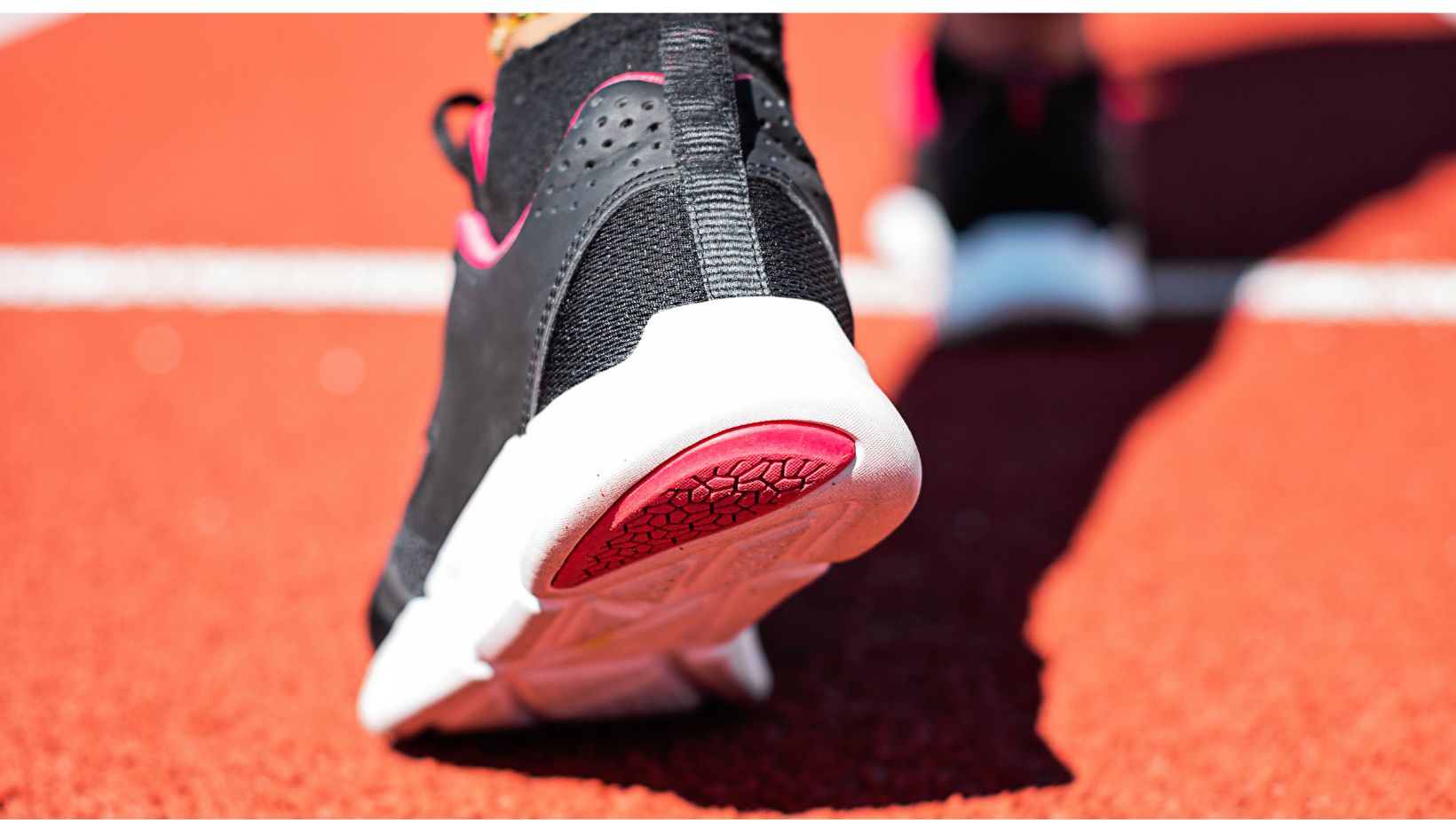The Evolution of Running Shoe Technology: A Comprehensive Look

Title: The Evolution of Running Shoe Technology: A Comprehensive Look
Desc: The evolution of shoes may seem boring, but it’s only until you start exploring. The history of running shoes is fascinating. Read this post to learn why.
Reading about the evolution of clothes and footwear may seem mundane to some, but it’s only until you begin that you realize how fascinating this journey has been. We’ve asked our friends at this prominent running shoe store to write an article about the history of running shoes. So, here it is.
Spiked Oxfords
The story of running shoes began in the mid-1800s, with shoes that looked like spiked oxfords. Crafted from leather, with metal spikes in their soles, these shoes were designed to improve the runner’s traction, particularly during cross-country races on challenging terrain. They sacrificed comfort for functionality and were rather stiff and uncomfortable, but still, they laid the important groundwork.
Keds & Converse
In the early 20th century, Plimsoll shoes with canvas uppers and rubber soles were born. Today, we know them as ‘Keds’ or ‘Converse shoes’. These were more comfortable and flexible, so they quickly found their way onto the feet of both athletes and everyday folks. Yet, despite their popularity, the quest for the perfect running shoe was far from over.
Puma and Adidas Sports Shoes
In the 1940s, two German brands, Puma and Adidas, entered the scene. Both companies, founded by brothers Rudolf and Adolf Dassler, infused the market with fresh ideas and innovative designs. They experimented with different materials, creating shoes with leather uppers and rubber cleats.
The Cortez Shoe
The 1960s marked a significant turning point in the history of running shoes with the debut of the Cortez shoe. Designed by Bill Bowerman and Phil Knight, the founders of what would become Nike, the Cortez was a revolutionary design. The shoe featured a sponge rubber midsole that did a great job at cushioning the landing. It not only redefined comfort in running shoes but also raised the bar for athletic footwear across the board. When Bowerman and Knight founded Nike in 1971, the Cortez became their flagship shoe.
EVA Midsoles
In the early 1970s, another major innovation hit the running shoe market: midsoles made from EVA. This material was not only lighter and more flexible than traditional rubber but also offered good cushioning and shock absorption. With the introduction of EVA midsoles, running shoes became significantly more comfortable to wear, reducing injury risks and, consequently, opening up the world of running to an even wider audience.
Waffle Sole
In the late 1970s, Nike’s co-founder Bill Bowerman came up with an innovative design – the waffle sole. Inspired by his wife’s waffle iron, Bowerman created a sole with a unique pattern that, aside from providing excellent grip, was also lightweight. This became a hallmark feature in many of Nike’s running shoes, and you can still find the iconic waffle sole used in some of Nike’s models.
Stable Running Shoes
The late 70s and early 80s was the period when lots of stability running shoes were created. These were the answer to overpronation, an issue common to many runners. Brands like Brooks and Asics were at the forefront, rolling out models equipped with features like medial posts or dual-density midsoles for added support. This era also saw the introduction of air cushioning, with Nike launching the Air Max in 1987.
Barefoot Running Shoes
The minimalistic and barefoot running shoe trend emerged as a counter-response to the overly padded shoes of the early 2000s. These shoes, with their thin soles, low to zero heel-to-toe drop, and wider toe boxes, were designed to mirror the feel of running barefoot, allowing for natural foot movement. This trend wasn’t about style; it was a call to challenge the norm and rethink the definition of a running shoe.
In response to this trend, Nike stepped up with their Nike Free minimalist running shoes. Vibram leaped with their glove-like FiveFingers barefoot shoes – with their individual toe compartments and ultra-thin soles, these shoes certainly looked different! They offered runners a heightened sense of the ground beneath them, encouraging a more natural running form and promoting increased foot strength. However, while minimalist shoes gained a cult following, they were not for everyone, and many runners found them uncomfortable or difficult to adjust to.
Cushioned Running Shoes
In the past decade, the pendulum swung from minimalism back to cushioned running shoes. Brands like Hoka have been trailblazers in this shift, introducing cushioned running shoes with thick, soft midsoles that provide maximum shock absorption. They’ve been a game-changer for runners seeking comfort and reduced joint stress, especially over long distances.
Latest Trends & Advancements in Running Shoes
First up, we’ve seen a significant shift from traditional EVA foam to lighter foams in running shoe technology. Adidas’ Boost, Nike’s React, New Balance’s Fresh Foam X, Brooks’ DNA LOFT v3, Saucony’s PWRRUN+…you name it! These modern foams are not just lighter but also more durable and provide a higher energy return.
Now, remember when Nike Vaporfly 4% and NEXT% made headlines? That’s because they popularized the use of carbon plates in the midsole, acting like a lever that propels the runner forward. This design increases the shoe’s stiffness, enhancing running economy and potentially leading to faster race times. Other brands are now getting on board with this trend.
Then there’s the rise of maximalist designs. Thick and plush midsoles are becoming increasingly popular, with brands like Hoka leading the charge. Despite their seemingly bulky appearance, these shoes are surprisingly light, thanks to advanced foam technologies.
And as with everything else, technology is making its way into running shoes, too. We’re now seeing smart running shoes equipped with embedded sensors that monitor various parameters while you run. Think distance, speed, cadence, footstrike pattern, pronation type, and ground contact time. It’s like having a personal coach right under your feet!
So, where do we go from here? Well, if history is anything to go by, we can expect even more innovations that will continue to redefine what’s possible in running shoe design. Here’s to the future of running shoes!
-
Personal Finance8 months ago
How Do I Find My UCAS ID Number?
-
Success6 years ago
Consistency: The Key Ingredient to Success
-
Uncategorized8 months ago
What Does Conditionally Approved Mean For An Apartment?
-
Motivation3 years ago
How To Become a More Organized Person?
-
Others4 years ago
Work Health and Safety: 8 Reasons to Maintain a Clutter-free Office
-
Entrepreneurs4 years ago
Why Diversity is Key in Business Marketing
-
HK Pools8 months ago
The HK Pools Forum Comunity Jos Markotop 2D Warna Kuning – A Great Way to Stay Connected
-
Sport1 year ago
What Makes Soccer Betting So Great?





























